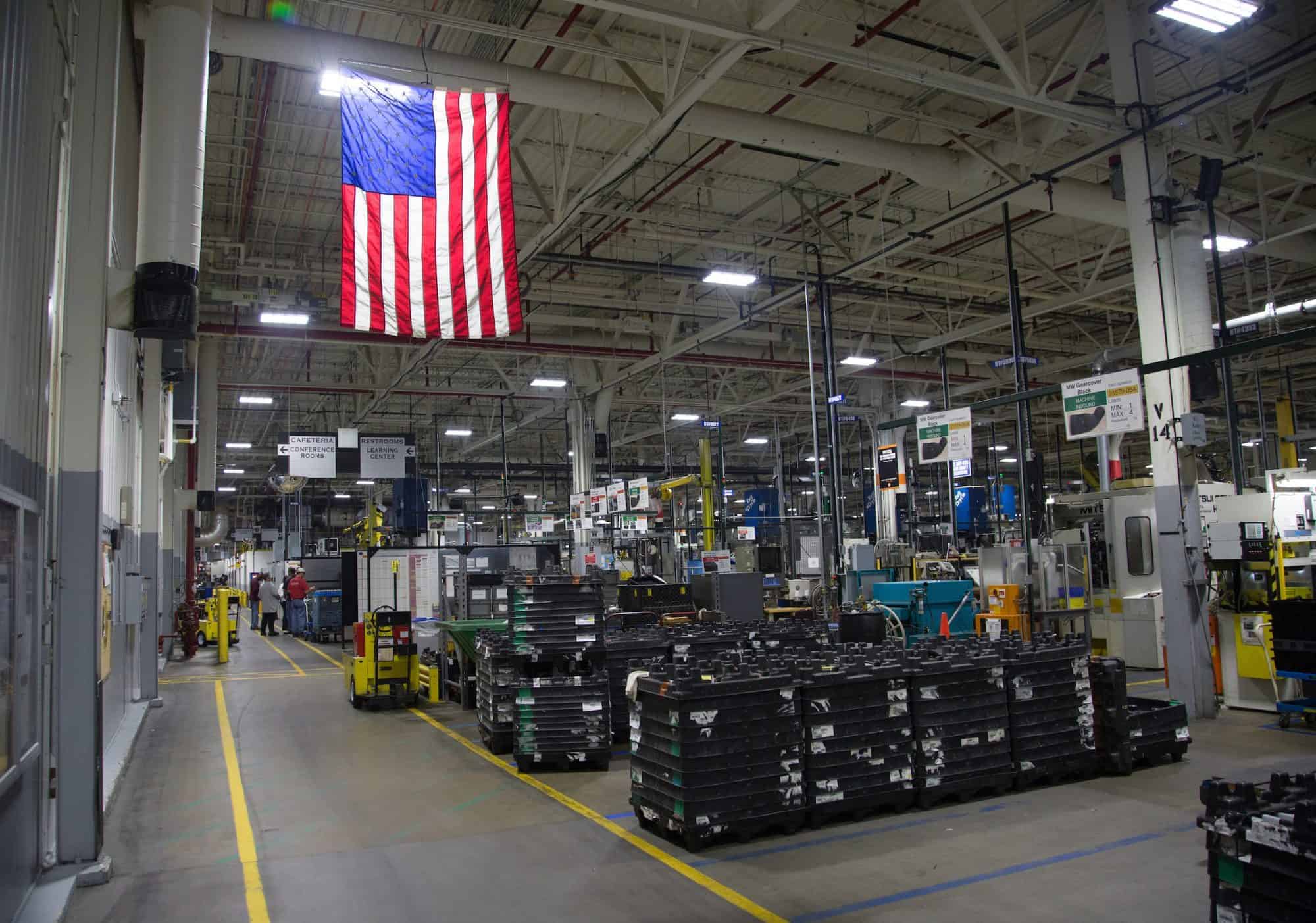Trade War Tensions: Industry Leaders Clash with White House Over Sweeping Tariff Mandates

In a bold statement addressing recent trade tensions, Jay Timmons, President and CEO of the National Association of Manufacturers, has weighed in on the complex landscape of international tariffs affecting key trading partners.
Timmons acknowledged the nuanced challenges facing cross-border trade, particularly emphasizing manufacturers' commitment to addressing critical issues such as border security and illicit drug trafficking. While recognizing the complexities of international trade relations, he expressed hope for collaborative solutions among the United States, Canada, Mexico, and China.
The executive's statement underscores the manufacturing sector's delicate balance between supporting national security interests and maintaining robust international economic partnerships. By highlighting manufacturers' pragmatic approach, Timmons seeks to bridge diplomatic and economic considerations in an increasingly interconnected global marketplace.
As tariffs continue to reshape international trade dynamics, the manufacturing community remains vigilant and adaptable, seeking constructive dialogue and mutually beneficial resolutions to ongoing economic challenges.

